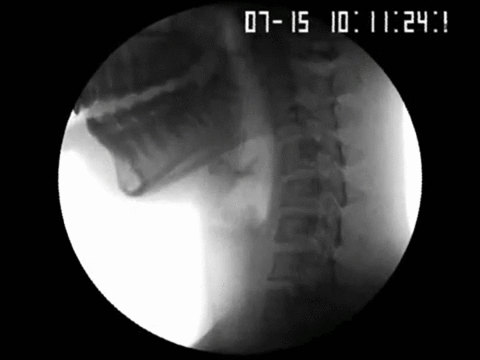Drunkscience4u - Drunk Science
More Posts from Drunkscience4u and Others









The First Galaxies: What We Know And What We Still Need To Learn
“As we look farther back in time, we find that younger galaxies formed stars at faster rates than galaxies do today. We can measure the star-formation rate, and find that at earlier and earlier times, it was more intense. But then we find it hits a peak when the Universe is about two billion years old. Go younger than that, and the rate goes down again.”
We’ve come incredibly far in our quest to learn how the Universe came to be the way it is today. We can see out in space for tens of billions of light years, to galaxies as they were when the Universe was only a few percent of its present age. We can see how galaxies evolve, merge and the stars inside change. And we can see to even before that, when no stars or galaxies existed at all. But how did we get from there to here? There are still plenty of gaps in the story. We’ve never seen the first stars or galaxies; we’ve never witnessed the start of cosmic reionization; we’ve never seen the star formation rate jump from zero to a real, finite number. Yet with James Webb and WFIRST on the horizon, these gaps in our knowledge may – if we’re lucky – all disappear.
Come get the story on what we know about the first galaxies, and what we hope and have left to still learn!

The ancestor of all vertebrates, including fish, reptiles and humans was a big mouth but apparently had no anus.
The microscopic creature named Saccorhytus, after the sack-like features created by its elliptical body and large mouth, lived 540 million years ago. It was identified from microfossils found in China.
“To the naked eye, the fossils we studied look like tiny black grains, but under the microscope the level of detail is jaw-dropping,” says team member Simon Conway Morris, of the University of Cambridge, in the UK.
Researchers believe it was about a millimetre in size, lived between grains of sand on the sea bed and had a large mouth relative to the rest of its body.
They also think the creature was covered with a thin, relatively flexible skin, had some sort of muscle system which could have made contractile movements and allowed it to move by wriggling.
Continue Reading.


Cloud Chambers: Visualizing Radiation
The cloud chamber, also known as the Wilson chamber, is a particle detector used for detecting ionizing radiation.
In its most basic form, a cloud chamber is a sealed environment containing a supersaturated vapor of water or alcohol. When a charged particle (for example, an alpha or beta particle) interacts with the mixture, the fluid is ionized. The resulting ions act as condensation nuclei, around which a mist will form (because the mixture is on the point of condensation).
The high energies of alpha and beta particles mean that a trail is left, due to many ions being produced along the path of the charged particle. These tracks have distinctive shapes, for example, an alpha particle’s track is broad and shows more evidence of deflection by collisions, while an electron’s is thinner and straight. -(x)
More science and gifs on my blog: rudescience Gif made from: This video by The Royal Institution References: (x), (x).



Another Saturday morning comic!
This week’s entry: Meet Eris
http://www.space.com/28379-eris-dwarf-planet.html
http://www.universetoday.com/89901/pluto-or-eris-which-is-bigger/

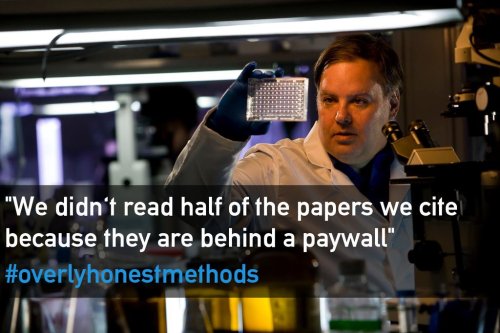

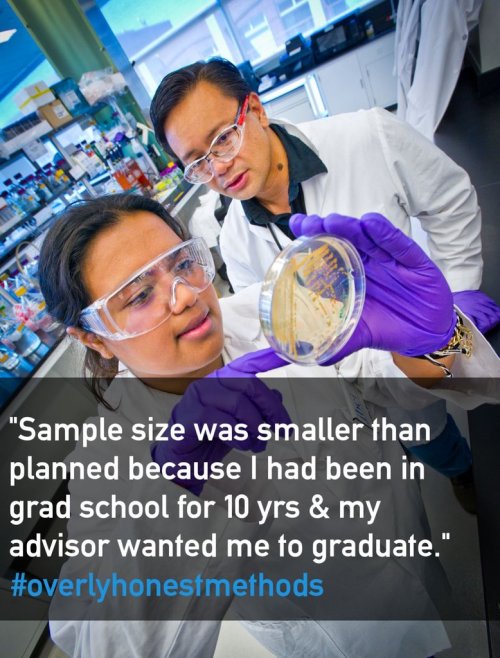



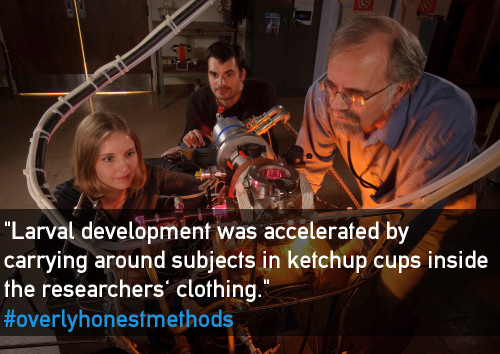
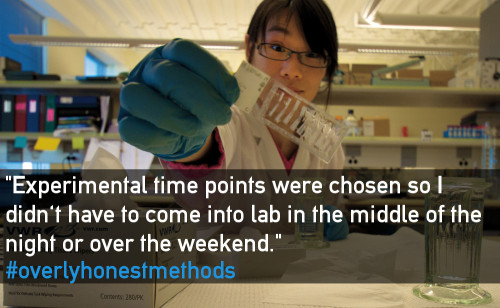
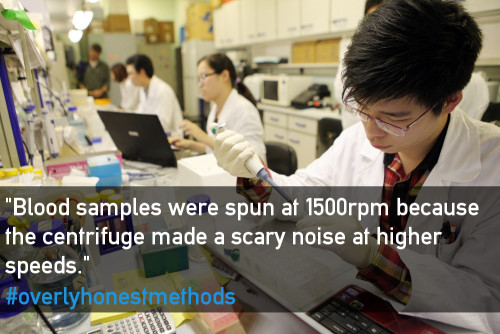
When scientists get too honest
> I would love to see more science posts on Tumblr. I particularly liked, “The postdoc who did all the work has since left to start a bakery.”
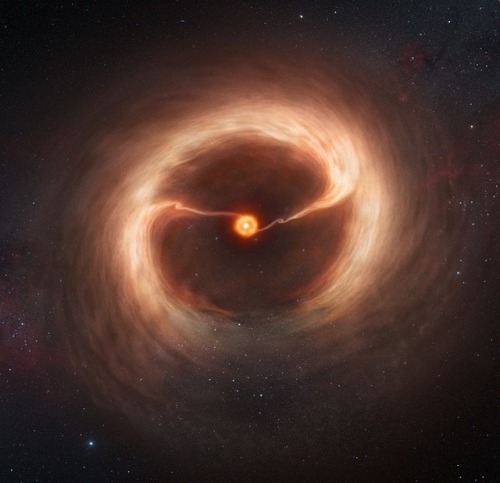
Disc of gas around HD 142527
This artist’s impression shows the disc of gas and cosmic dust around the young star HD 142527. Astronomers using the Atacama Large Millimeter/submillimeter Array (ALMA) telescope have seen vast streams of gas flowing across the gap in the disc. These are the first direct observations of these streams, which are expected to be created by giant planets guzzling gas as they grow, and which are a key stage in the birth of giant planets.
Credit: ESO / Atacama Large Millimeter/submillimeter Array






Happy TRAPPIST-1 Day!
Here’s a comic on our latest discovery!
http://www.space.com/35806-trappist-1-facts.html
-
 wjwjwiwkwkwkwiwiwiwiwiw-blog liked this · 6 years ago
wjwjwiwkwkwkwiwiwiwiwiw-blog liked this · 6 years ago -
 syzsml liked this · 6 years ago
syzsml liked this · 6 years ago -
 corok12 liked this · 6 years ago
corok12 liked this · 6 years ago -
 pajamaday reblogged this · 6 years ago
pajamaday reblogged this · 6 years ago -
 backgroundcharacternumber4-blog reblogged this · 6 years ago
backgroundcharacternumber4-blog reblogged this · 6 years ago -
 backgroundcharacternumber4-blog liked this · 6 years ago
backgroundcharacternumber4-blog liked this · 6 years ago -
 vsunsuev liked this · 6 years ago
vsunsuev liked this · 6 years ago -
 aerothehorse liked this · 6 years ago
aerothehorse liked this · 6 years ago -
 backtotiredmen liked this · 7 years ago
backtotiredmen liked this · 7 years ago -
 squidney3299 reblogged this · 7 years ago
squidney3299 reblogged this · 7 years ago -
 comortablymb reblogged this · 7 years ago
comortablymb reblogged this · 7 years ago -
 fendersexytrey liked this · 7 years ago
fendersexytrey liked this · 7 years ago -
 nettleyarn reblogged this · 7 years ago
nettleyarn reblogged this · 7 years ago -
 lostinspaceee reblogged this · 7 years ago
lostinspaceee reblogged this · 7 years ago -
 dignity-fucks liked this · 7 years ago
dignity-fucks liked this · 7 years ago -
 xyzxyzxyzx liked this · 7 years ago
xyzxyzxyzx liked this · 7 years ago -
 saguaroflower liked this · 7 years ago
saguaroflower liked this · 7 years ago -
 grandvide liked this · 7 years ago
grandvide liked this · 7 years ago -
 willow-wildflowers reblogged this · 7 years ago
willow-wildflowers reblogged this · 7 years ago -
 stairwell-flowers reblogged this · 7 years ago
stairwell-flowers reblogged this · 7 years ago -
 stairwell-flowers liked this · 7 years ago
stairwell-flowers liked this · 7 years ago -
 howardmoontmb reblogged this · 7 years ago
howardmoontmb reblogged this · 7 years ago -
 abyssgazing liked this · 7 years ago
abyssgazing liked this · 7 years ago -
 ruthmoore liked this · 7 years ago
ruthmoore liked this · 7 years ago -
 sheshippychick420 reblogged this · 7 years ago
sheshippychick420 reblogged this · 7 years ago -
 sheshippychick420 liked this · 7 years ago
sheshippychick420 liked this · 7 years ago -
 angelcakebites liked this · 7 years ago
angelcakebites liked this · 7 years ago -
 kingkreeps liked this · 7 years ago
kingkreeps liked this · 7 years ago -
 pixknight-blog reblogged this · 7 years ago
pixknight-blog reblogged this · 7 years ago -
 7yd1a liked this · 7 years ago
7yd1a liked this · 7 years ago -
 sixteenthbuny liked this · 7 years ago
sixteenthbuny liked this · 7 years ago -
 binglesmyboingles reblogged this · 7 years ago
binglesmyboingles reblogged this · 7 years ago -
 toby-the-transalien1233 liked this · 7 years ago
toby-the-transalien1233 liked this · 7 years ago -
 allieg8tr liked this · 7 years ago
allieg8tr liked this · 7 years ago -
 eh-manda reblogged this · 7 years ago
eh-manda reblogged this · 7 years ago -
 eh-manda liked this · 7 years ago
eh-manda liked this · 7 years ago -
 fandomstuffdoeshappen liked this · 7 years ago
fandomstuffdoeshappen liked this · 7 years ago
The official page of Drunk Science! An enthusiastic host performs simple experiments and then humorously explains the science behind the result, all while visibly drunk.
126 posts
